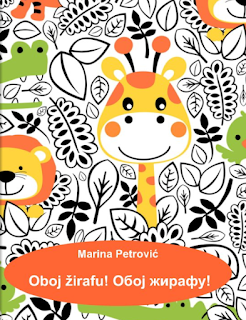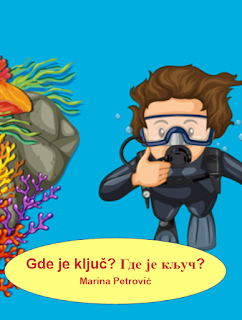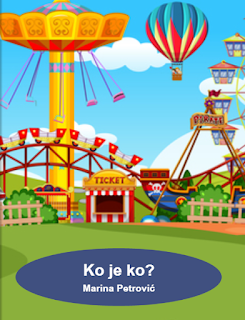About two years ago I was tinkering with the free version of Camtasia for a month. The result was one part of the Serbian phrase course, covering three topics, both in the Latin alphabet and Cyrillic script. Now when I look back on my early works, I'm quite disappointed and I recon it's high time I made much clearer video lessons with better background music and wide scope of topics. I bet you agree :)
Places in the city in the Cyrillic script:
Giving directions in the Latin alphabet:
In the meantime, I'm sure you'll find these two videos covering "Giving directions in Serbian" useful.
 |
| Serbian Phrases free e-book |
Giving directions in the Latin alphabet:

.png)













